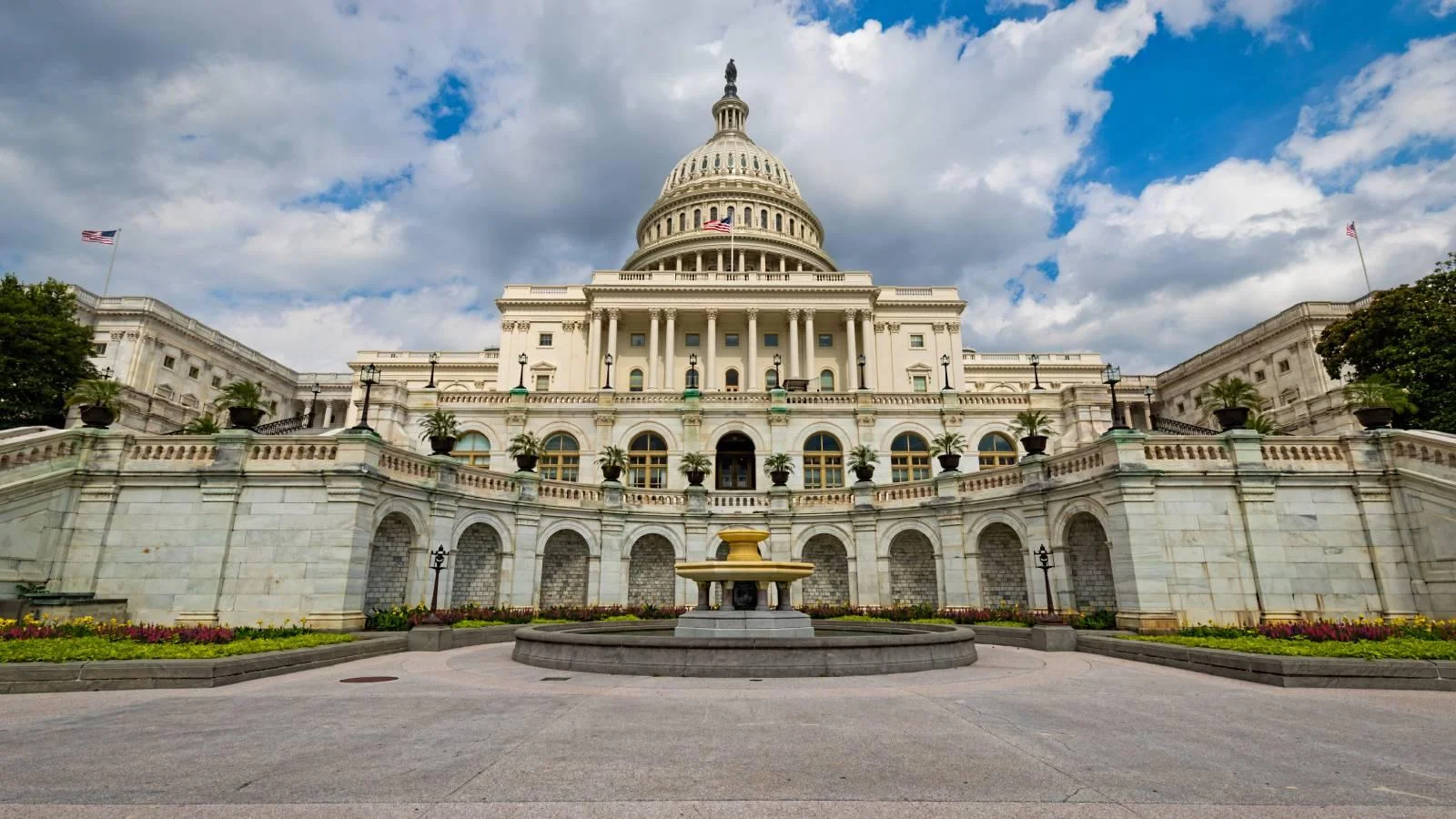The Congressional Record is a unique source of public documentation. It started in 1873, documenting nearly all the major and minor policies being discussed and debated.
“REGULATORY RELIEF FOR UTILITY VEHICLE OPERATORS AND DRIVERS” mentioning the U.S. Dept. of Transportation was published in the Extensions of Remarks section on pages E825 on May 16, 1996.
The publication is reproduced in full below:
REGULATORY RELIEF FOR UTILITY VEHICLE OPERATORS AND DRIVERS
______
HON. RAY LaHOOD
of illinois
in the house of representatives
Thursday, May 16, 1996
Mr. LaHOOD. Mr. Speaker, I am introducing legislation today that will offer regulatory relief for utility vehicle operators and drivers. This bill will help reduce the cost and increase the safety of utilities throughout America, and particularly in rural America.
In the past few years, natural disasters have devastated virtually all parts of our country. And, while efforts to rebuild and restore basic utility services to the victims have been gallant, these very efforts have been severely hampered by ridiculous, costly and burdensome regulations that hinder utility service drivers from performing emergency repairs and maintenance on utility lines in rural areas thereby affecting vital services.
Last fall, the National Highway System Designation Act included relief from Federal motor carrier regulations that were designed mainly for long-haul, cross-country drivers. While these laws did provide relief for certain agricultural drivers, water well drillers, snowplow operators, and medium-sized commercial motor vehicles from burdensome hours of service regulations, they, unfortunately, did not provide the same kind of relief for drivers of vehicles for utility companies--for example, electric, water, telephone, sewer, natural gas, etc.).
Under current Department of Transportation rules and regulations, utility vehicle drivers are limited in the number of hours that they can drive and be on duty. The practical effect of these regulations is to limit the size of the area that utility drivers can effectively service. This limitation not only increases the utility costs that consumers must pay; but it also creates health and safety risks for the public, because utility service may be interrupted due to the inability of utility drivers to reach the problem area and make the appropriate repairs within their hours of service.
The onerous effect of these regulations is particularly acute in those parts of rural America in which the service area of utility companies generally covers vast distances. Drivers often spend more time driving to the problem area then actually making repairs. The bureaucrats, however, do not distinguish driving time from repair time, choosing, instead, to count both in the overall calculation of allowable hours of service.
This bill will help ensure the public's safe access to utility service and save between $300 and $400 million in compliance costs that would otherwise be passed on to consumers. I urge passage of this important bill.
____________________









